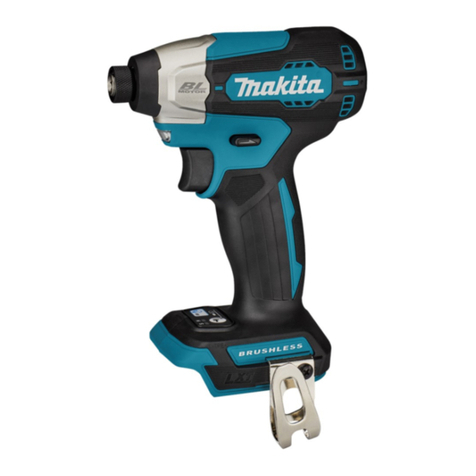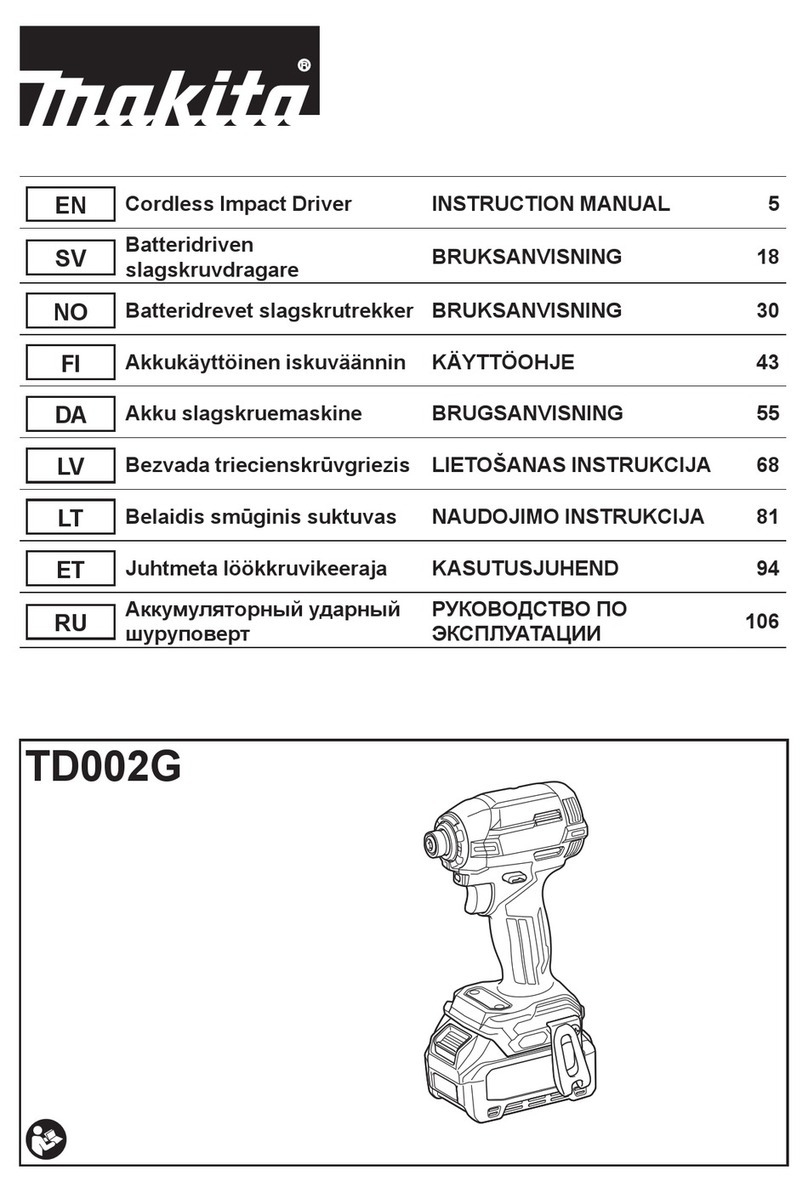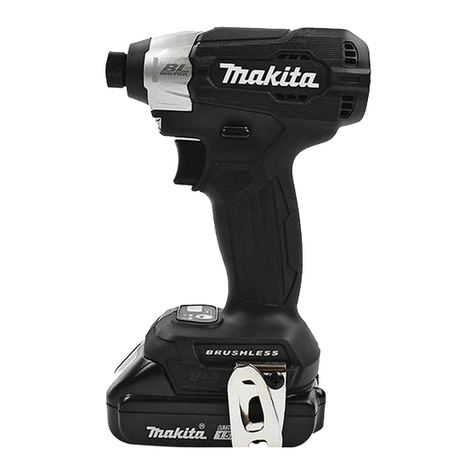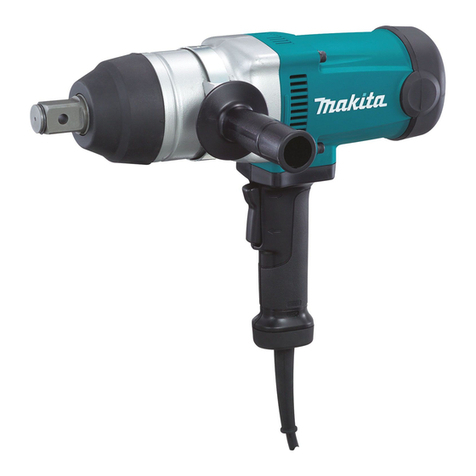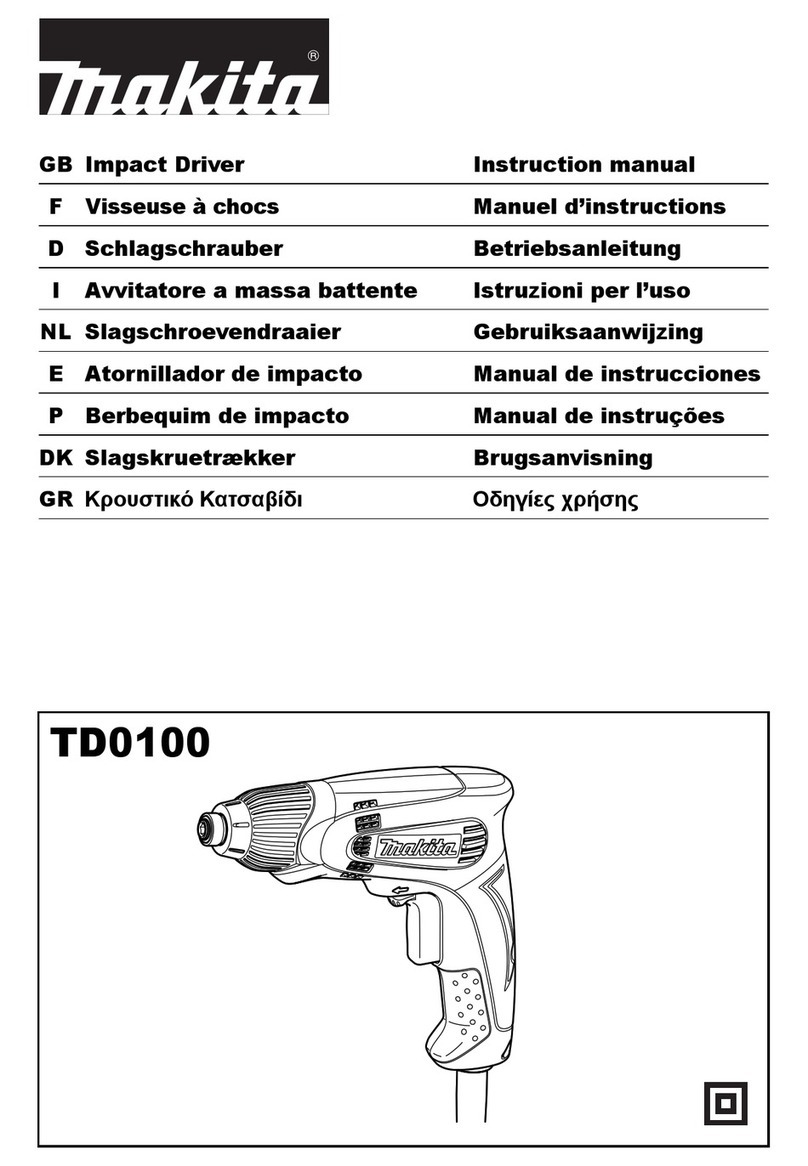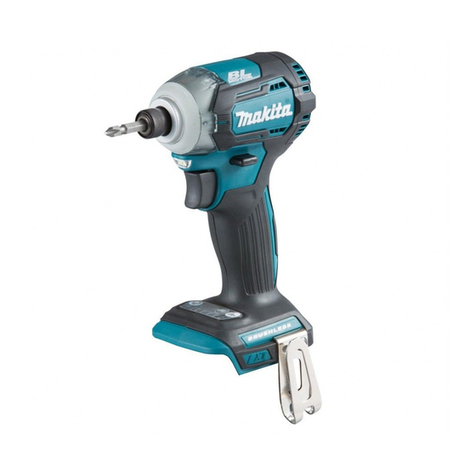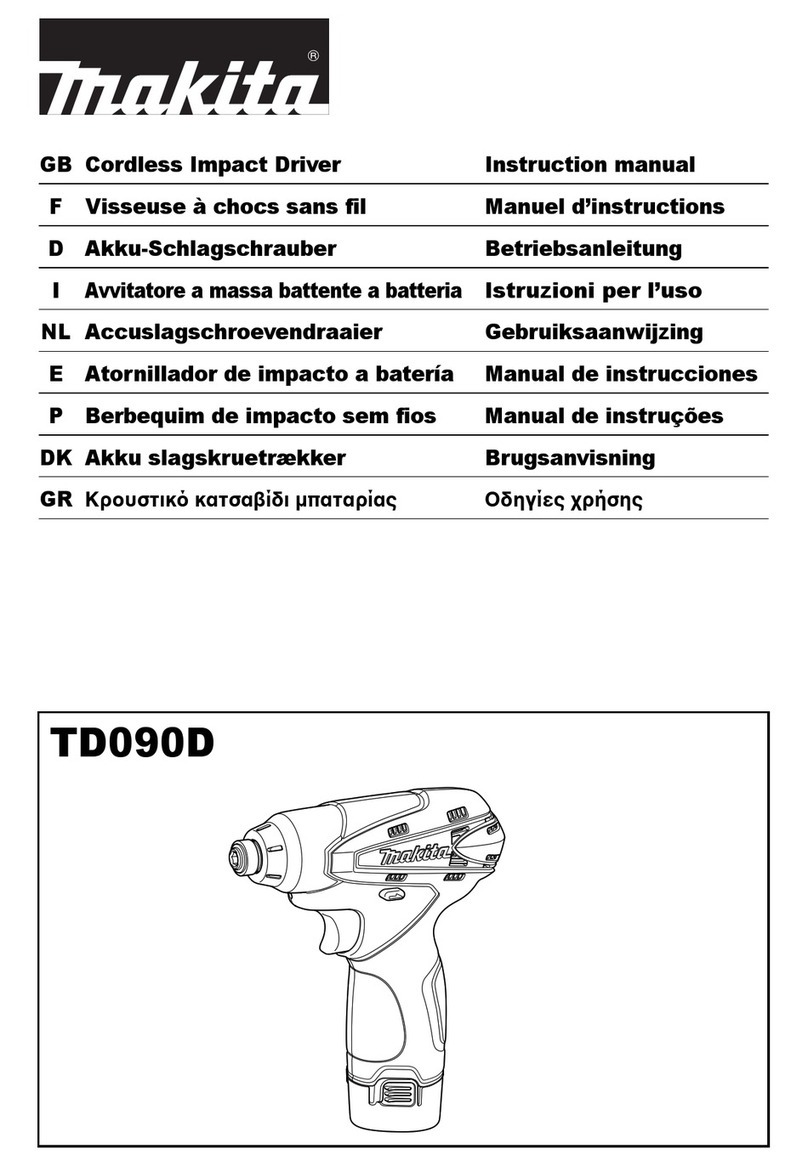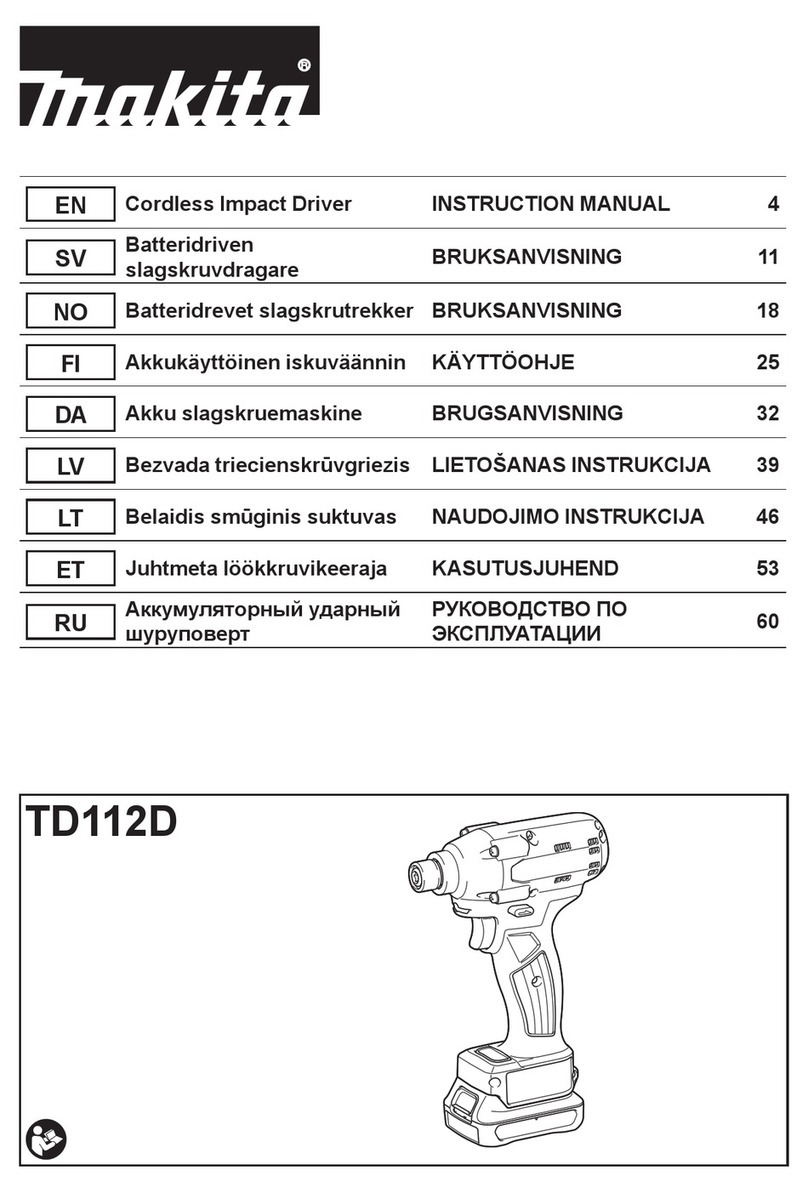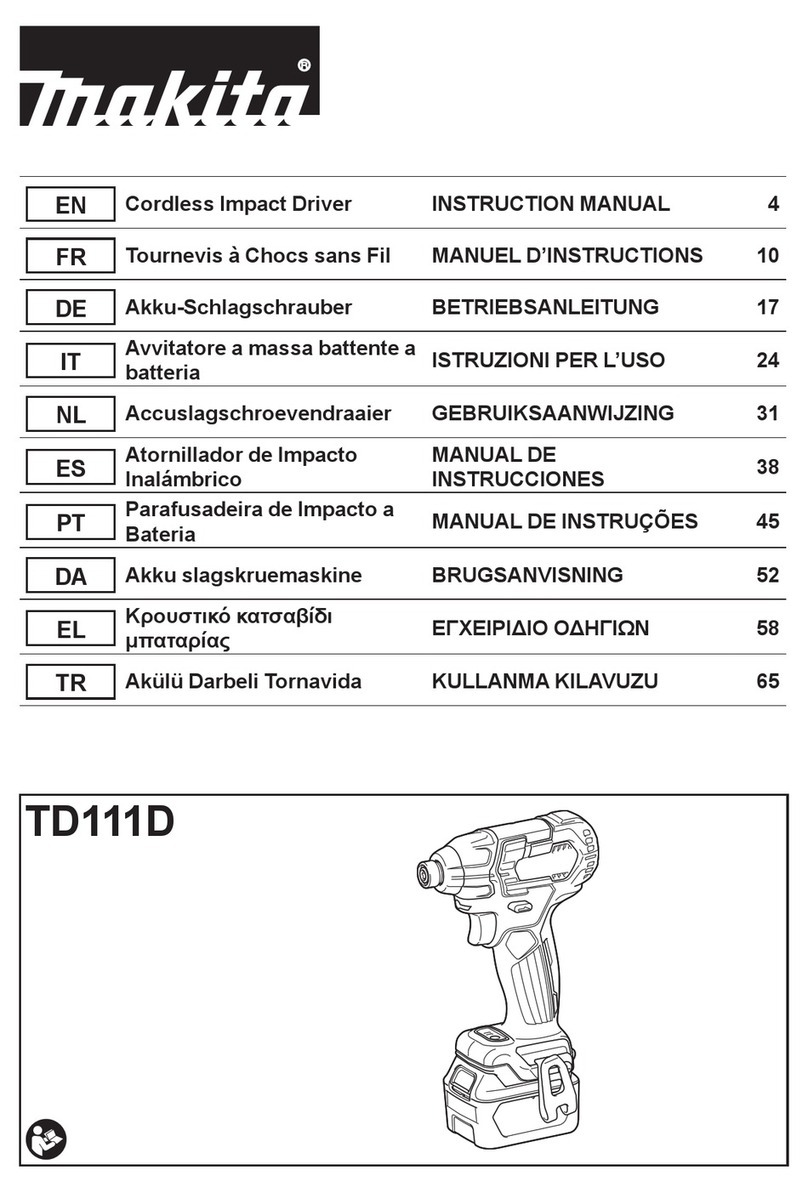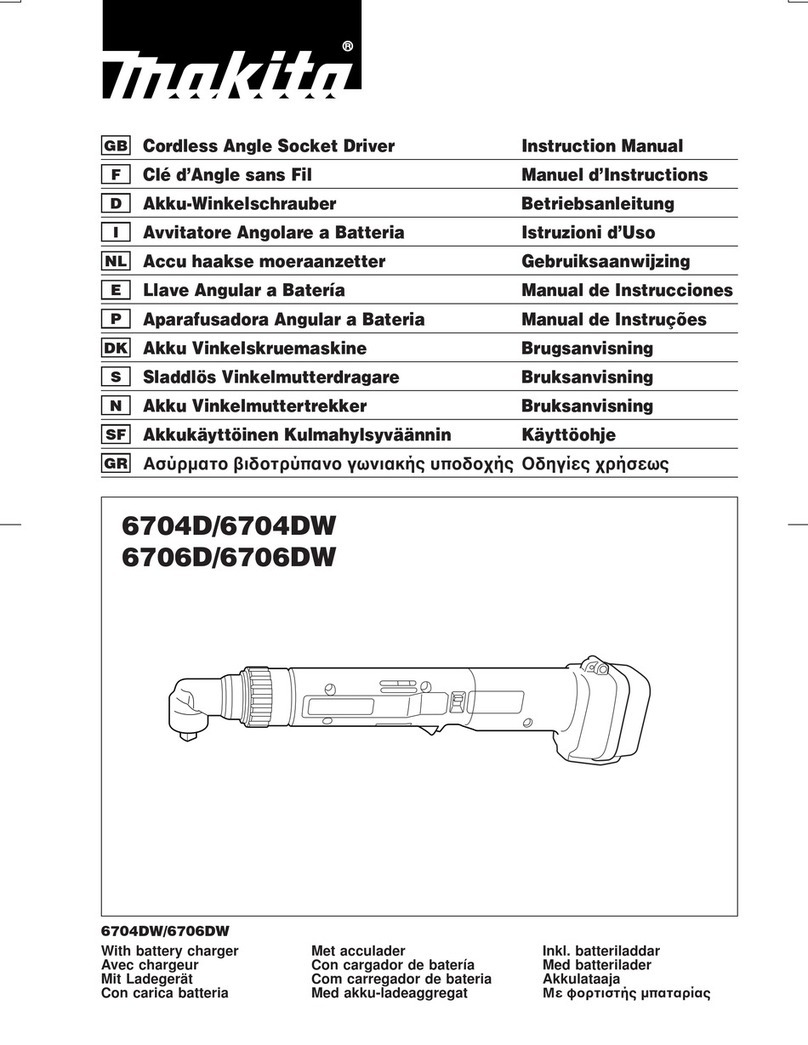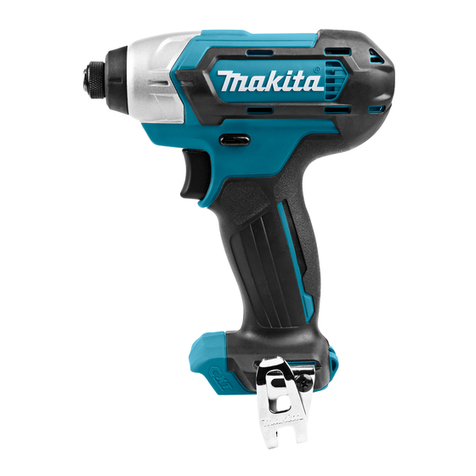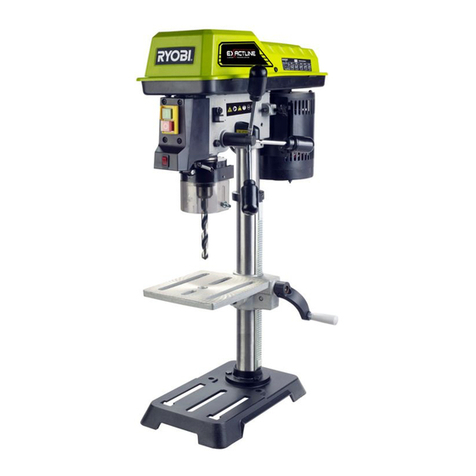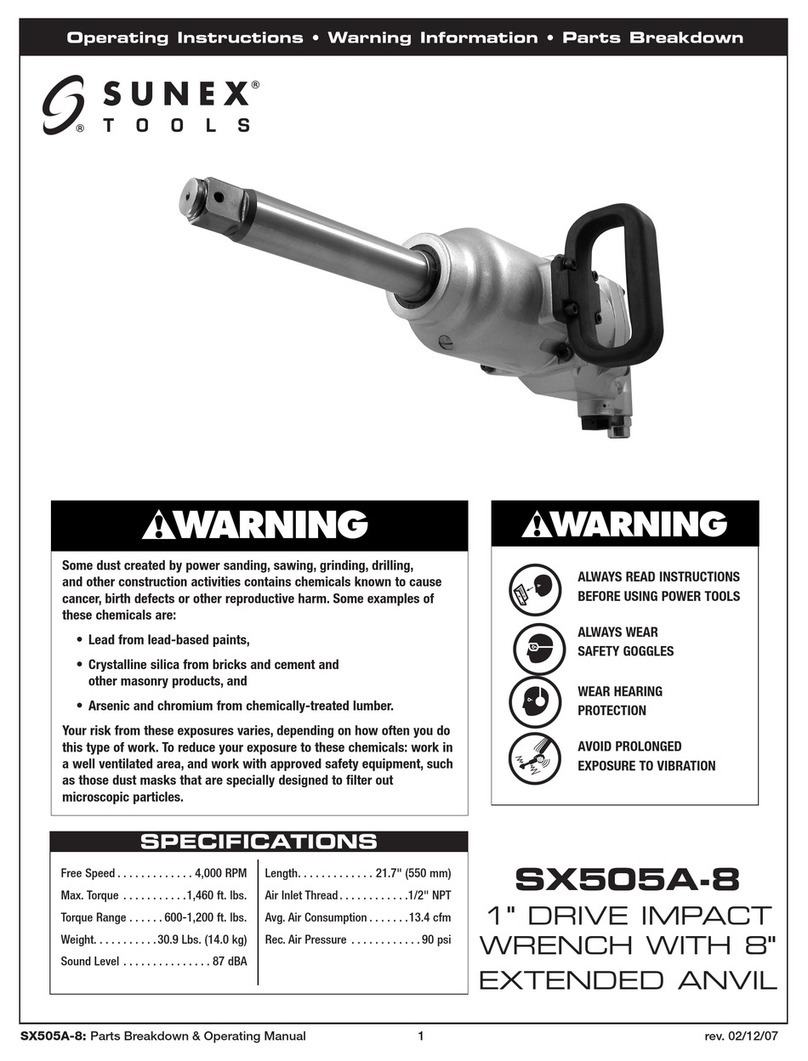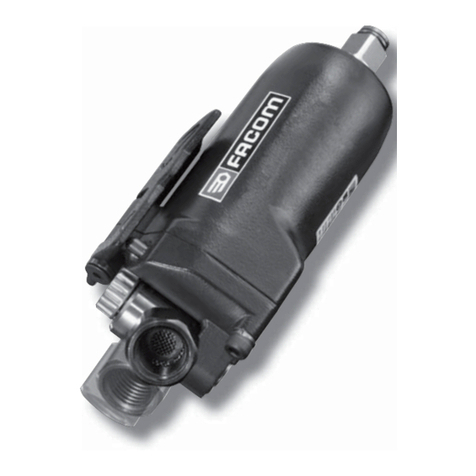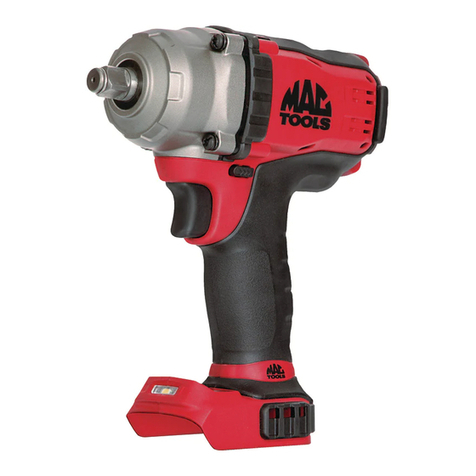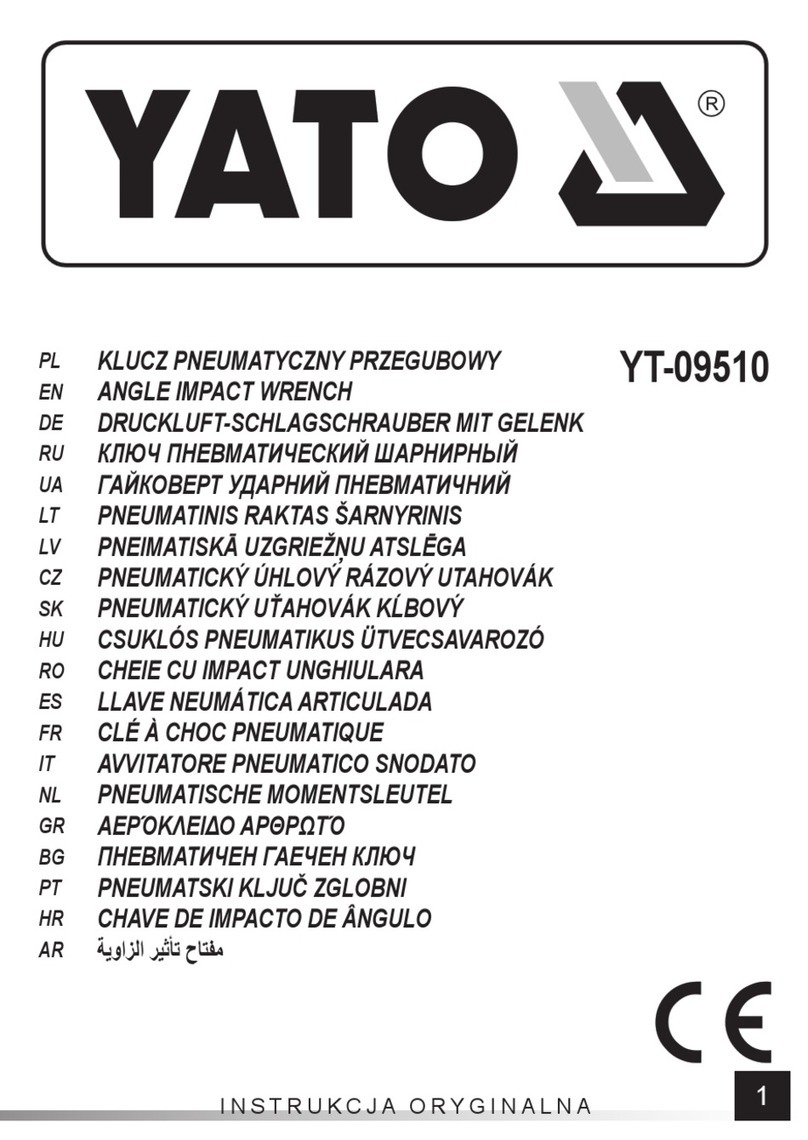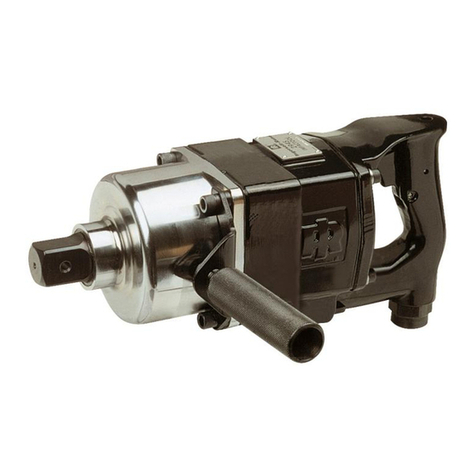Coolingsystem
This charger
is
equipped with cooling fan for heated battery in order to enablethe battery
to prove its own performance. Sound of cooling air comes out during cooling, which
means not trouble on the charger.
-Trouble on cooling fan
-Incomplete cool down of battery, such as, being clogged with dust
The battery can be charged in spite of the yellow warning light. But the charging time will
be longer than usual inthis case.
Check the sound of cooing fan, vent on the charger and battery, which can be sometime
clogged with dust.
*The cooling system is in order although no sound of cooling fan comes out, if the yellow
warning light will not flash.
*Always keep clean the vent on charger and battery for cooling.
*The products should be sent to repair or maintenance, if the yellow warning light will
Conditioningcharge
Conditioning charge can extend the life of battery by automatically searching the optimum
chargingcondition for the batteries in every situation.
The battery employed in the following conditions repeatedly, will be worn out shortly, and
yellow warning light may flash.
1.
Rechargeof battery with its high temperature
2.
Rechargeof battery with its low temperature
3.
Rechargeof full charged battery
4.
Over-dischargeof battery (continueto discharge battery in spite of down of power.)
5.
Rechargeunder broken cooling system
The charging time of such battery is longer than usual
Trickle charge (Maintenancecharge)
If
you leave the battery cartridge in the charger to prevent spontaneous discharging
after
fullcharge, the charger will switch into its "trickle charge (maintenancecharge)" mode and
keep the battery cartridge fresh and fully charged
Tips
for maintaining maximum battery life
1.
Charge the battery cartridge before completely discharged.
Yellow light will flash for warning in the following cases.
frequently flash.
Always
stop
tool
operation and charge the battery cartridge when
you
notice less tool
power.
2.
Never recharge
a
fully charged battery cartridge.
Overchargingshortens the battery service life.
3.
Charge the battery cartridge with room temperature
at
10°C
-
40°C
(50°F
-
104°F).
Let
a
hot battery cartridge cool down before charging
it.
4.
Chargethe Nickel Metal Hydride battery cartridge when
you
do
not use
it
for more than
six months.
9
